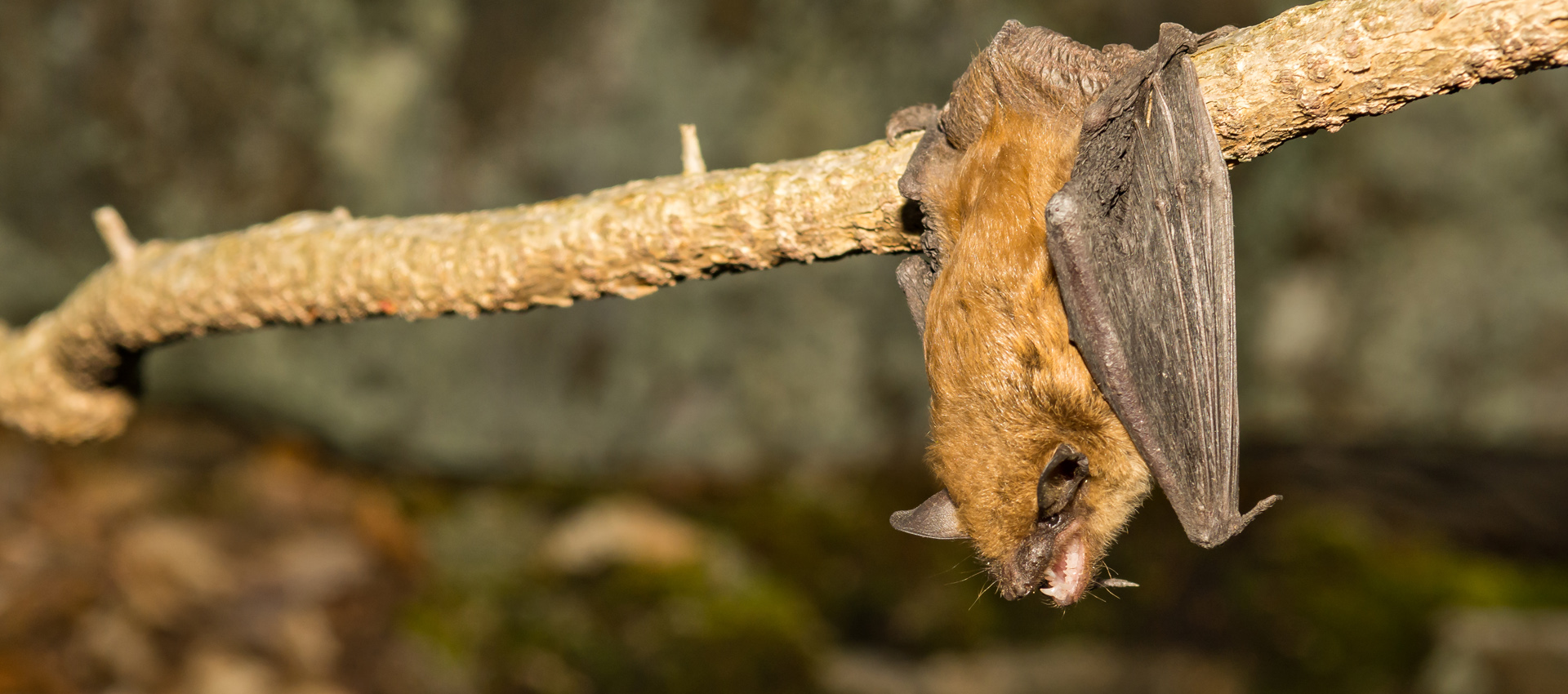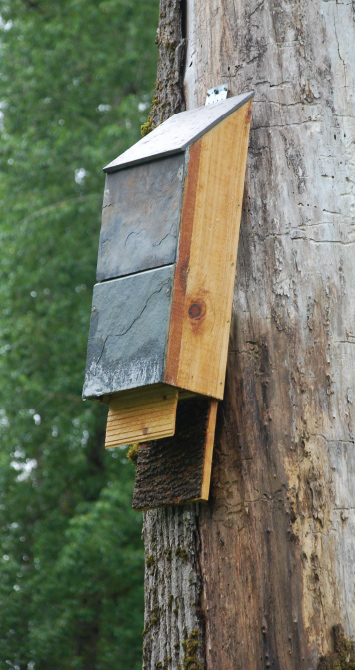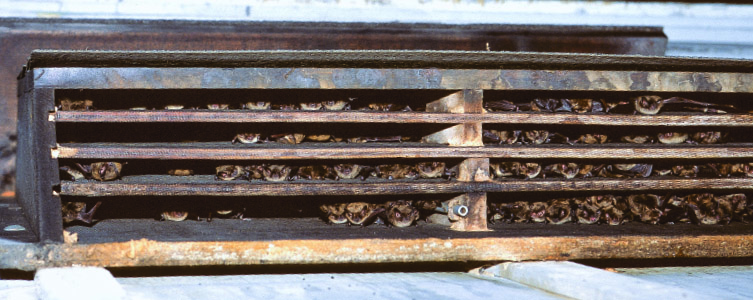Bat Migration
Bats are amazing—but often misunderstood—animals. Bats are the only flying mammals, and can fly for long periods of time. They live all over the world in almost every type of ecosystem, from deserts to rainforests. Bats can be found living in caves or trees, or even right in your own neighborhood.
Bats’ diets may consist of insects, seeds, nectar, fruit, or even animal blood. In North America, most bats only eat insects. These bats eat thousands of insects a night, providing pest control for nearby farms and allowing farmers to use less pesticides on their crops.
Bats use echolocation to help find their way around in the dark. Unlike the saying “blind as a bat” suggests, bats are not actually blind. However, echolocation makes seeing in the dark much easier. Bats emit high frequency noises that bounce off objects and travel back to them, allowing them to determine the size, shape, distance, and movements of an object.
Each bat eats up to 1,000 insects an hour. Compare that with an electric bug zapper which kills up to 50 insects an hour. Their favorite foods are midges, caddisflies, moths, mayflies, lacewings, and occasionally mosquitoes.


Example of the bat house being used at the Port of Camas-Washougal.
What is a Bat House?
You may have a bird house in your yard, and a bat house is the same concept. Bat houses provide safe shelter for bats and are especially helpful in populated areas. A bat house can fit up to 400 bats inside.
Our bat house was built to provide a home for the bats living near the marina. It was built by volunteers from the Oregon Zoo, and is one of 15 total built by zoo volunteers. It can take up to two years for the bats to fully migrate from one roost to the other. Bats will only relocate a short distance at a time—otherwise they get lost. To accommodate this, our team slowly moved the house from a piling on E Row in the marina to its final destination in this tree. Our goal is to ensure that the bats have a safe place to call home that is removed from boats in the marina.

